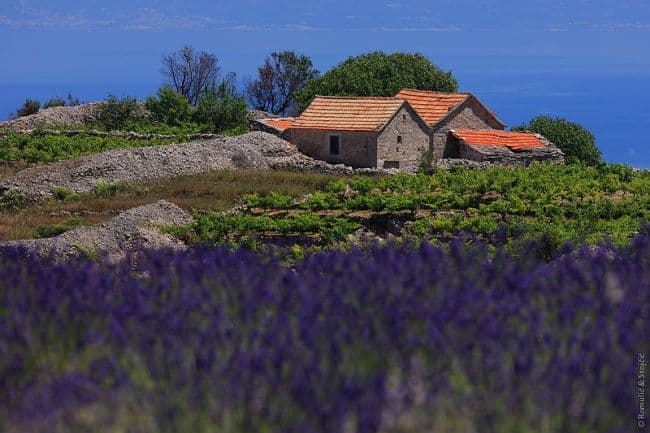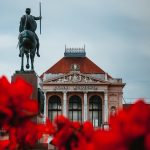When to visit Croatia? Croatia is Full of Life, 12 months a year. Find out which month is for you, depending on your personality.
- Visit Croatia in April: Easter Traditions and the Start of the Season
- Let the Swimming Season Begin! May in Croatia
- June in Croatia: Summer without the Crowds
- Visit Croatia in July: Peak Season Beach Heaven
- Festivals, Beaches, and Parties: Croatia in August
- For Gorgeous Weather and Emptier Beaches, Visit Croatia in September
- An Indian Summer in Europe: Croatia in October
- Olive and Wine Heaven: Visit Croatia in November
- Advent in Zagreb and Elsewhere: December in Croatia
- A Tourism Giant in Its Quietest Month: Croatia in January
- The Best Time to Visit the Pearl of the Adriatic: Dubrovnik in February
- Emerging from Winter Hibernation: March in Croatia
Visit Croatia in April: Easter Traditions and the Start of the Season
Although the calendar year starts in January, for me at least, the Croatian tourism year begins in April.
For this is the month when the country is finally alive again after the long winter. And it is also invariably the month which hosts one of the greatest celebrations in Croatia – Easter.
Being a staunchly Roman Catholic country, Easter is an extremely important time of year for locals. It is a time of joy when extended families come back home for the long weekend, reconnecting with their families and communities.
It is also a time of immense tradition, and nowhere more so than on the island of Hvar. There are religious processions all over the country, but the ‘Za Krizen’ (Behind the Cross) procession on Maundy Thursday in 6 villages and towns on Hvar is like no other.
Now performed every year for more than 500 years and inscribed as UNESCO intangible heritage since 2009, Za Krizen is 6 simultaneous processions through the night over 22km, following a barefoot cross bearer walking to the other villages before arriving back where he started at 07:00 on Good Friday. Check out the official UNESCO video below for more.
Easter apart, April is the month when many of the major airlines servicing the country get going with their seasonal schedules. This makes it a great time to take advantage of some excellent shoulder-season flight prices, and cities such as Split, Dubrovnik, Zadar and Pula make for ideal and affordable city breaks.
Let the Swimming Season Begin! May in Croatia
May in Croatia is simply one of the greatest times to be alive. It begins with the traditional May Bank Holiday, and all the coastal hotels are packed. It is the first taster of what is to come with the imminent tourist season.
Look a little deeper, and you may find some rather enjoyable festivals to entice you. One big discovery for me in 2018 – and without doubt one of the highlights of the year – was Korculanske Pjatance, the Korcula Spring Food and Wine Festival.
Many of the top restaurants on the island come together to promote the authentic and indigenous food and wine through a series of themed dinners, workshops and presentations. The setting is idyllic and, if the weather is anything like this year, the perfect time to open the swimming season.
The beaches in May are almost deserted, but the water is warm enough to swim and the temperatures usually decent enough for a day at the beach. Enjoy the peace and quiet before the hordes arrive.
June in Croatia: Summer without the Crowds
While May is the month when tourists start to arrive in serious numbers, June is the time when everything is fully open. School has not yet finished, and so the surge of family holidays is yet to take hold.
Temperatures are very pleasant, in their mid-20C, and for many, it is the best month to visit. Everything is open, there is a full entertainment programme, the beaches are not too crowded, and the temperatures are ideal.
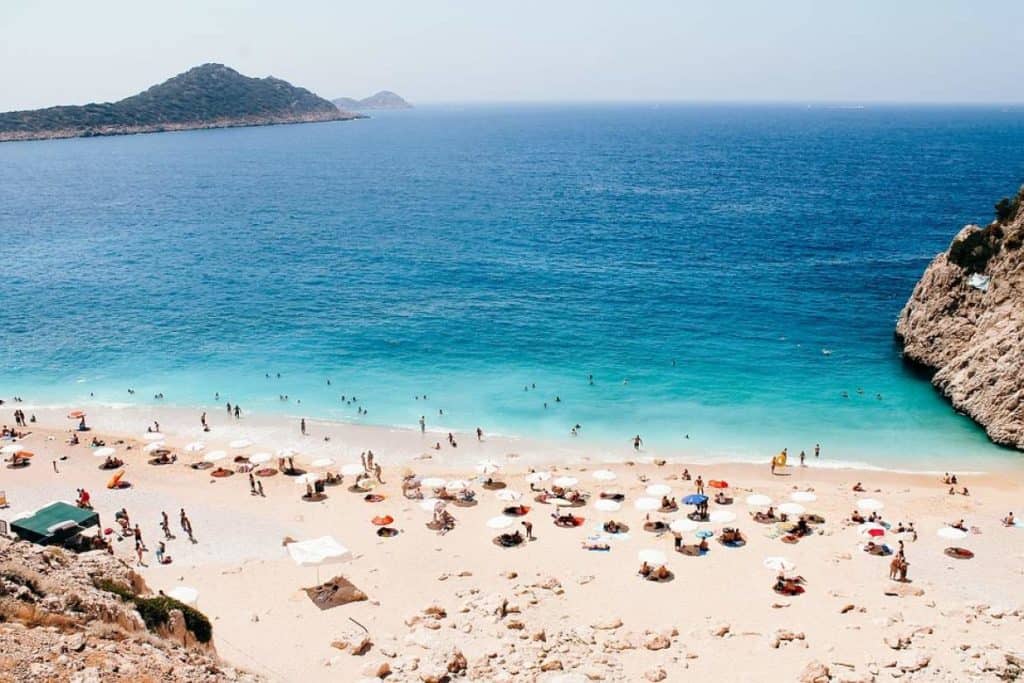
Visit Croatia in July: Peak Season Beach Heaven
And then school finishes! And suddenly Croatia is full. The motorways, the beaches, the restaurants, the hotels and the private apartments. Every local is seemingly doing five jobs at the same time, for this is the time when the year’s money is made.
If you are looking to experience Croatia at its most vibrant, then July 15 – August 15 is the time for you. There is a festival seemingly every day, even in the smallest of tourist settlements. The weather is hot, and the azure blue skies of the Adriatic are a constant for the sun-worshippers on the beaches of the Adriatic and islands.
If you are looking to avoid the crowds and still enjoy the very best of Croatian beaches, there are places to go. But it might make more sense to visit Croatia in June or September if at all possible.
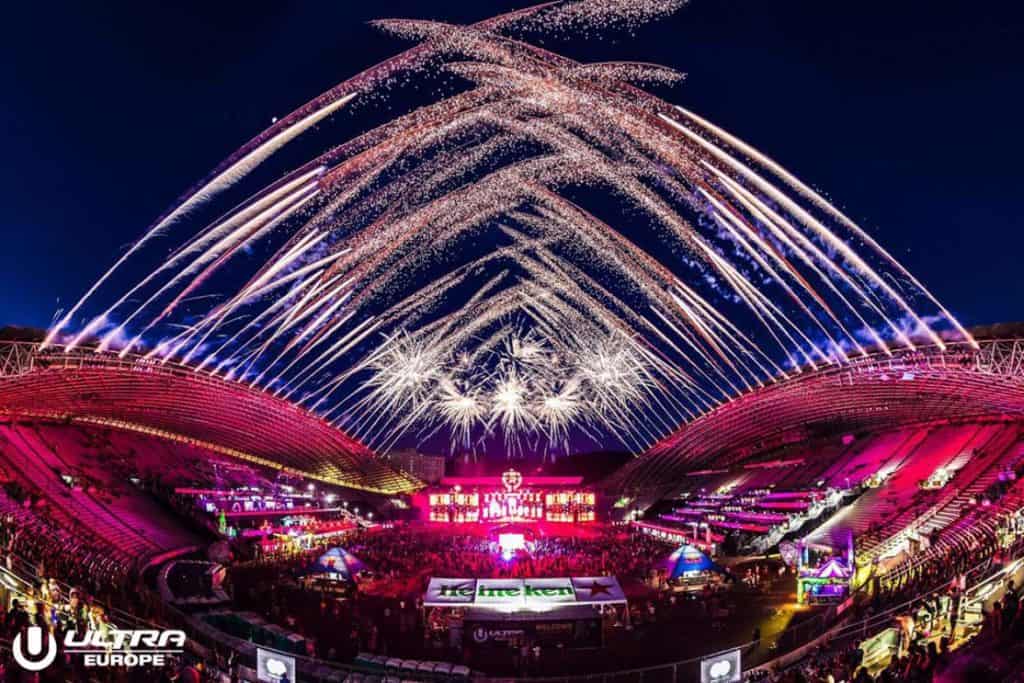
Festivals, Beaches, and Parties: Croatia in August
For August, eat, sleep and repeat July. Music lovers will adore the Croatian coast in these peak summer months, as more and more festivals are popping up. The Guardian recently named Croatia as the new festival capital of Europe, and it is not hard to see why. It remains to be seen how things will develop regarding festivals in 2021, due to the pandemic.
All day at the beach, all night at the party – a winning combination for the increasing number of young tourists who are discovering the magic of Croatia. But there is also plenty of cultural activity for the older generation, or for those looking for something other than partying. And not just on the coast. One of the most interesting cultural festivals in Croatia takes place in August, far from the Adriatic. Spancirfest in Varazdin is the largest street festival in Europe, with more than 400 events in the gorgeous Baroque old town in 10 days. Looking for a flavour of what to expect? This was my first visit a few years ago.
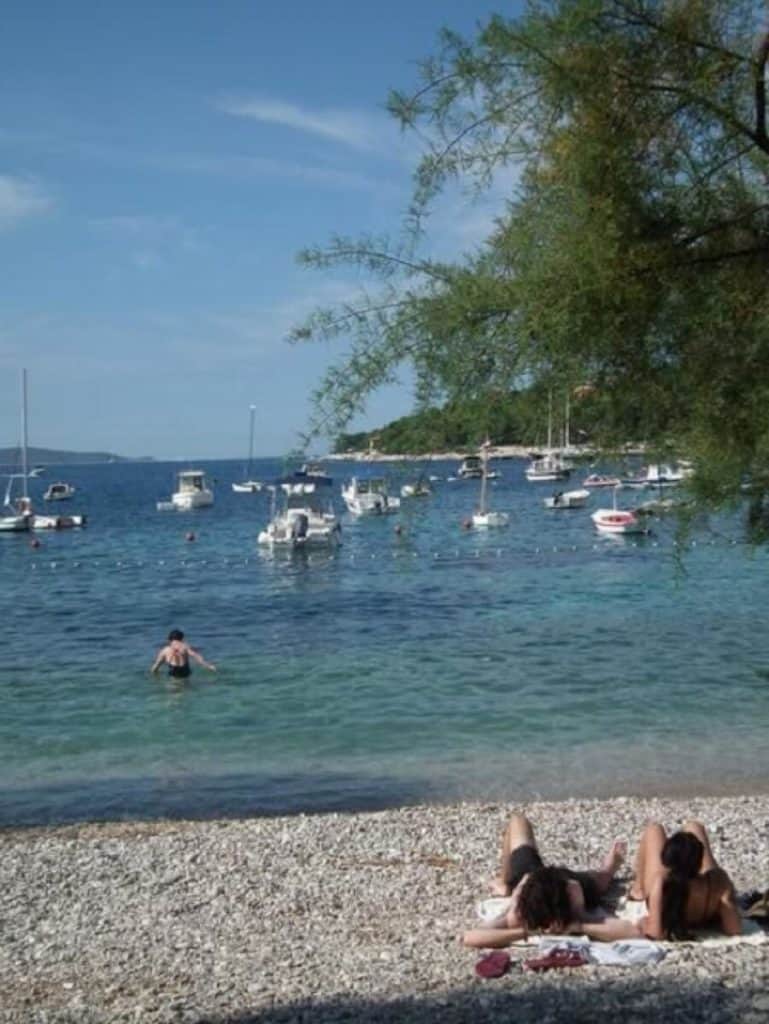
For Gorgeous Weather and Emptier Beaches, Visit Croatia in September
And as quickly as the masses came, the quicker they disappear. Peak season madness ends abruptly at the end of August, as kids return to school, their parents to their jobs.
The temperatures come down to something altogether more pleasurable, and there is a lot more space along the coast and inland.
Although the beach and swimming is still a premier activity in September, there is a subtle change in the tourist makeup. Scooter renters make way for cyclists, as the adventure tourists arriving in greater numbers. It is a perfect combination of temperate climate and fewer tourists.
It is also the month of the grape harvest. Croatia has a fantastic wine story (check out the Total Croatia introduction), with more than 130 indigenous grape varieties, including the original Zinfandel. The summer’s waiters become the autumn grape pickers? Why not go and lend a hand and discover another aspect of this lovely country?
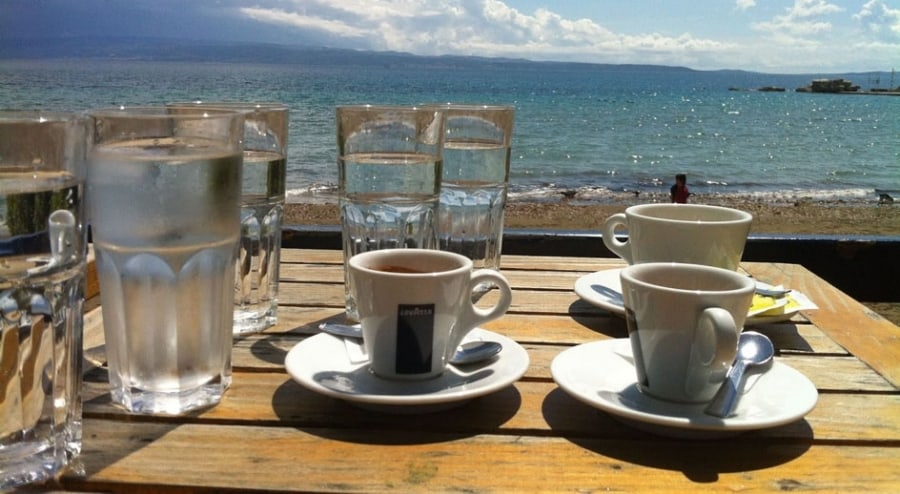
An Indian Summer in Europe: Croatia in October
As northern Europe already turns its thoughts to the long winter ahead, Croatia coast is usually enjoying an Indian summer. There has been a noticeable increase in late season flights from Scandinavia in recent years. Croatia is a much closer sun alternative to Thailand and the Far East.
It is also the month when locals can finally relax after yet another busy season. Personally, I find October a great time to visit, as locals have one commodity which is missing in the season.
Time. Time to share a glass of rakija with you and to explain a little more about the heritage and history. More time to show you how a dish is made. A little time to show you true Croatian hospitality without any stress.
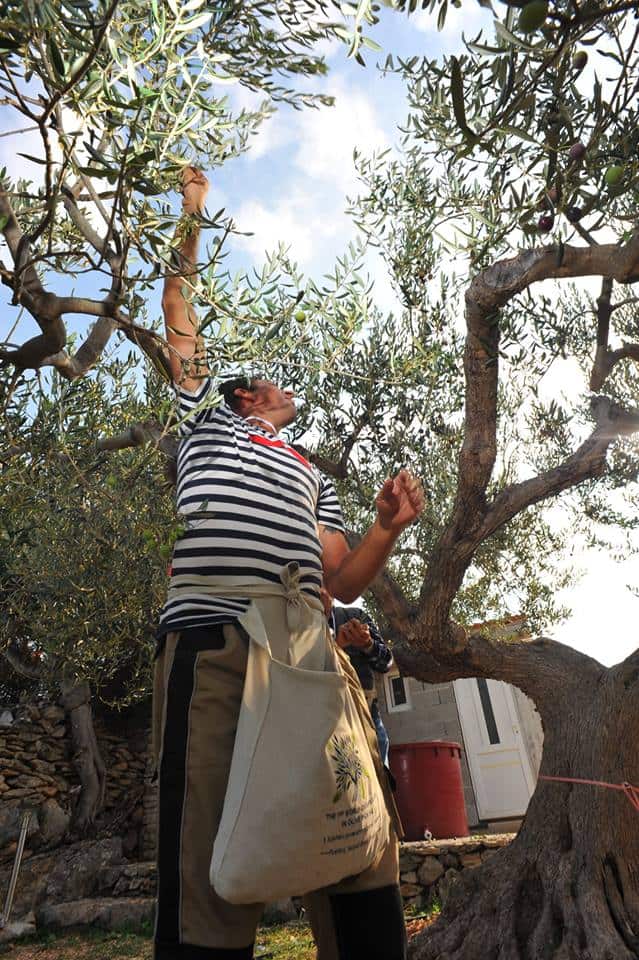
Olive and Wine Heaven: Visit Croatia in November
November is the month of the olive. I am perhaps blinded by my connection to the family field, but this is now one of my favourite activities in Croatia. Successful business executives in Zagreb abandon their busy lives for the call of the field.
I will confess that picking olives is a joy that came to me late in life. But for a way to meet Croatians in their natural habitat, there is little to beat it. Families come together nad pick the way their ancestors die. And the result? Liquid gold, for Croatian olive oil is among the best in the world.
There are two dates in November to be aware of in the Croatian calendar. Both are very sombre and both are observed religiously.
All Souls Day on November 1 is the day when ancestors and the family deceased are remembered. People return to their home towns to remember their departed loved ones, and Croatia’s cemeteries are awash with flowers and candles. It is a spectacular sight, especially in places such as Miragoj in Zagreb.
A more recent commemoration date is November 18, the date that the Hero City of Vukovar fell in 1991. After a brutal siege, Vukovar’s defenders were overrun. Candles are lit all over the country. Most towns have a Vukovar Street, and these become temporary shrines of remembrance.
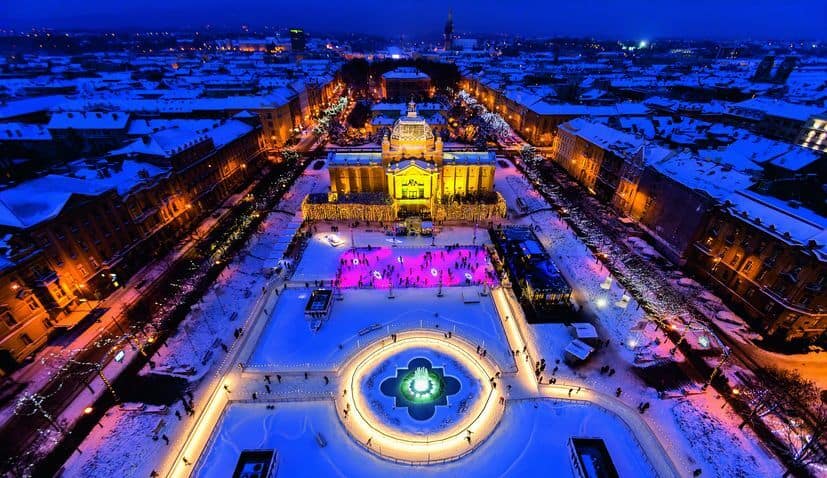
Advent in Zagreb and Elsewhere: December in Croatia
December used to be a quiet time to visit Croatia. No longer!
The astonishing success of Advent in Zagreb has transformed tourism in what was once a very quiet month. Named Europe’s Best Christmas Market three years in a row, Zagreb now has a December tourism product to rival any city in Europe.
And not only that, but Zagreb’s success has trickled down to the rest of the country. Here is an overview of Advent in Croatia 2018 from the Croatian National Tourist Board.
For more information on the main event, Advent in Zagreb.
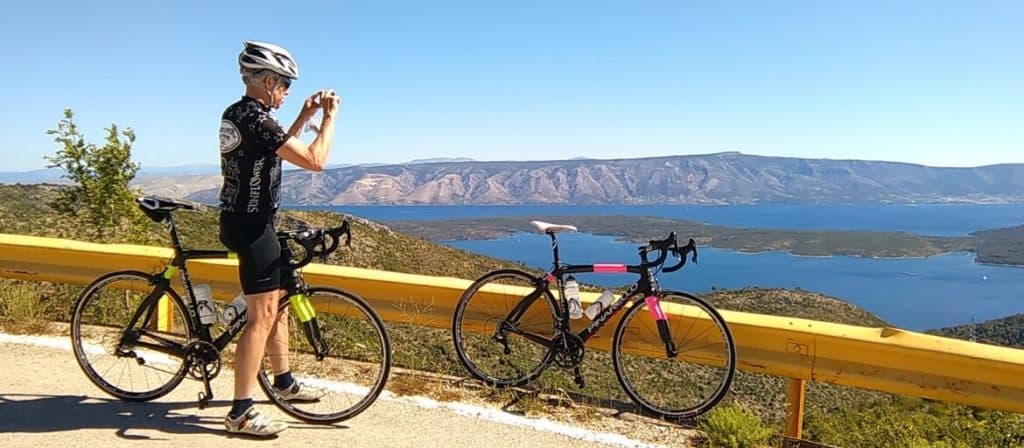
A Tourism Giant in Its Quietest Month: Croatia in January
As elsewhere in Europe, January starts with a bang in Croatia. New Year celebrations are spectacular, and everyone gets into the mood. There are major events and concerts in all the major cities.
The seasonal holiday continues to include the public holiday on January 6. After this, it is time to return to work and see what the new year brings. As such, January after the New Year celebrations is not the liveliest time to visit Croatia. But if that suits you, many cultural attractions are available year round. You will have them more or less to yourself at the beginning of the year.
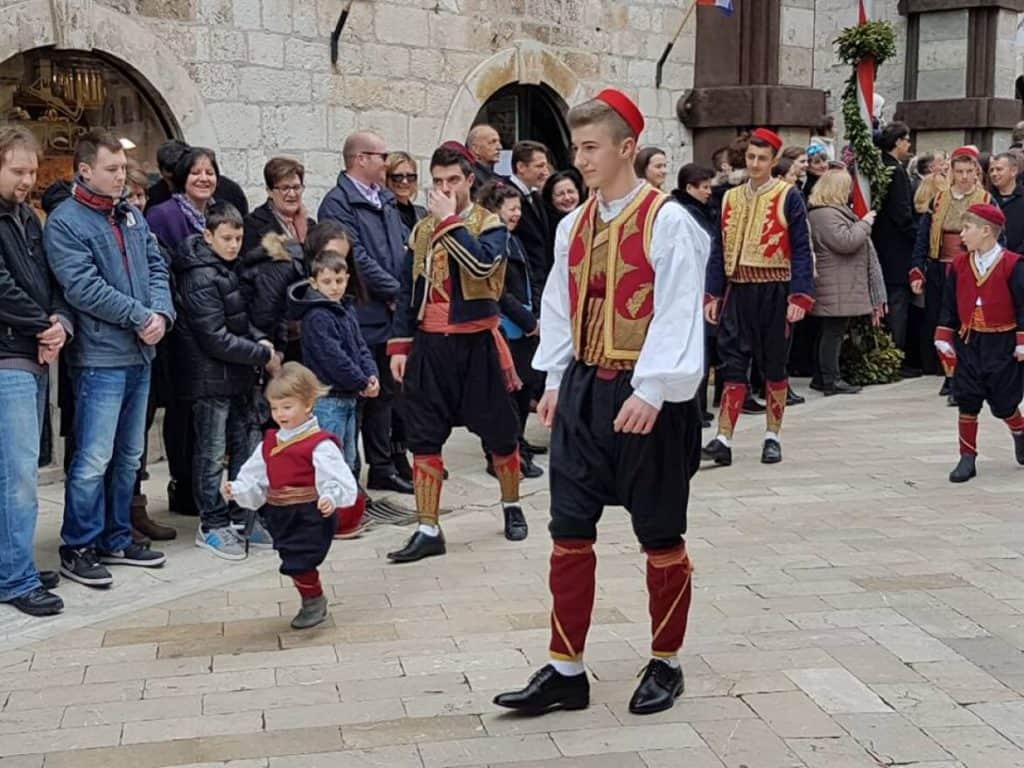
The Best Time to Visit the Pearl of the Adriatic: Dubrovnik in February
Living on Hvar for 13 years, I had the feeling that winter went on forever in Croatia, and that nothing ever happened.
And then I went to Dubrovnik in the first week of February a few years ago. I was stunned.
Dubrovnik truly is one of the great cities of the world, but its popularity makes it increasingly hard to enjoy. Come in the winter and little is open, but come in the summer, and it is too crowded.
My advice? Come in the first week of February to celebrate the Feast of St. Blaise. The beloved patron saint of Dubrovnik is revered by its citizens, who put on quite a show of affection. Processions, traditions, concerts, fabulous food, and unbridled joy. The Feast of St. Blaise is the time of year when locals reclaim their city from the tourists, and I heartily recommend a visit at this time. How is the experience? Well, something like this.
Emerging from Winter Hibernation: March in Croatia
March is an interesting time to visit Croatia, for the country is waking up from its annual winter sleep. This is particularly true on the coast, where many resorts close down for the summer.
If Easter falls earlier, March will be a little livelier. Don’t be put off by coming in March, however. You are much more likely to have an authentic experience with locals, who are fully recovered from the previous tourist season.
It is also a great month for adventure tourism, city breaks and general exploring. The temperatures are agreeable in the coastal areas, the crowds are non-existent, and the first seasonal flights are in operation.
Visit Croatia 12 months a year. There is plenty to see and do, whatever the month, and Croatia is one of the most diverse destinations in Europe. All that remains is for you to decide which Croatia is the one for you.

